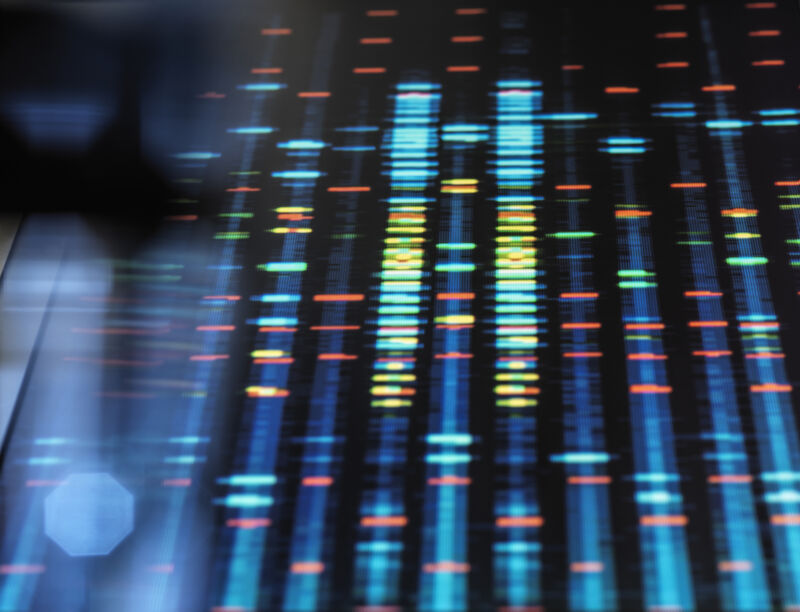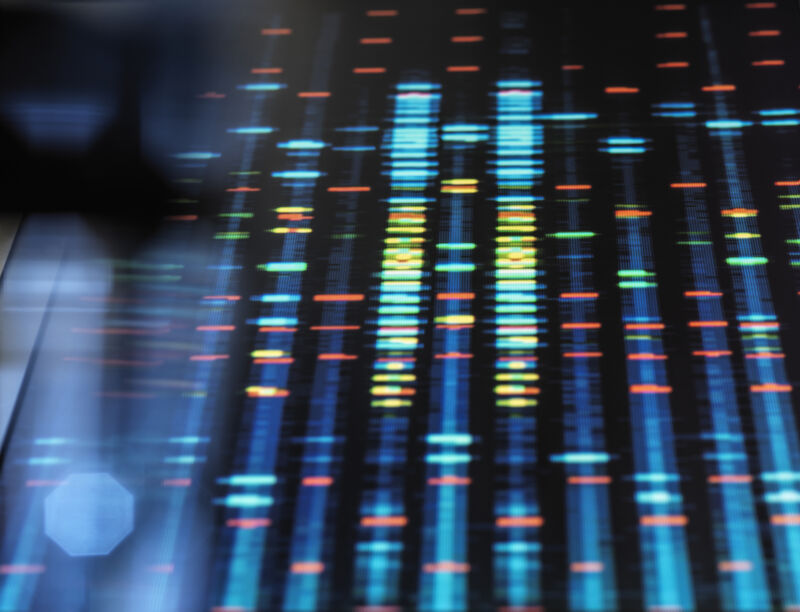
Replacing Spotify used to be difficult, but its competitors have caught up in many areas. (credit: Samuel Axon)
Today, Spotify is the dominant streaming music platform in several regions, including the United States. But lately there has been a lot of interest among Spotify users in trying something new.
Some are just curious to see what else is out there since they’ve used Spotify for a long time while its competitors have continued to mature. Some are seeking to make a change because of controversies around the platform’s deal with podcaster Joe Rogan or its financial relationship with artists.
Whatever your reasons, there are several well-established competitors that offer many of the same features as Spotify. We’ll quickly run down what distinguishes them.















